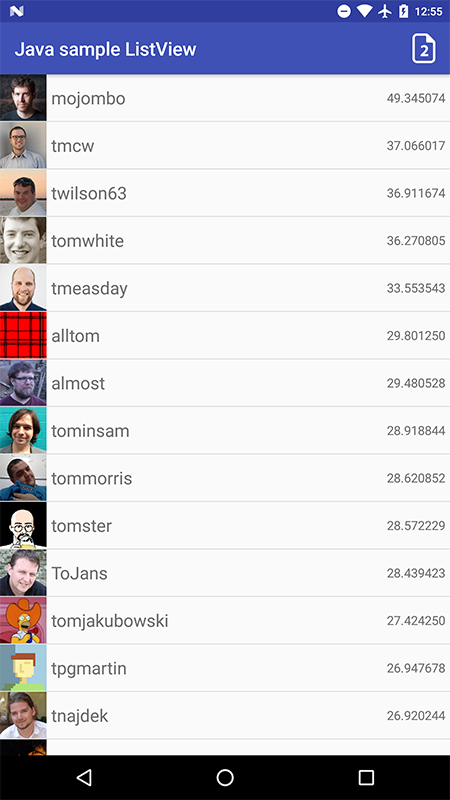

So that it applies the lambda functions for each subsequent element and returns the list of the lambda results. The mapping transformation will create the collection from the list results of each type of the functions on the elements from one type of collection data to another type. Generally, the kotlin standard library provides the set of extension functions for data collection transformations and these functions build new collections from the existing thing and based on the data transformation rules provided from the library. The basic mapping function is the map() method and it applies the lambda type of function to each subsequent element and it returns the list of the lambda type of functions. Kotlin offers the convenience and performs the operations to convert the list data to the map type which has the list of complex objects to allow us to have elements in the list mapped by any type of value. The list and map is the type of collection interface and it is used to store and retrieve the values from front end to back end and vice versa. map() and toMap() method to convert the list values to the map values. We can achieve this operation using lisOf() to pass the values in the list format and then we use the. The above codes are the basic syntax for performing and convert the list data to the map data.

some logic operations based on the needs.


 0 kommentar(er)
0 kommentar(er)
